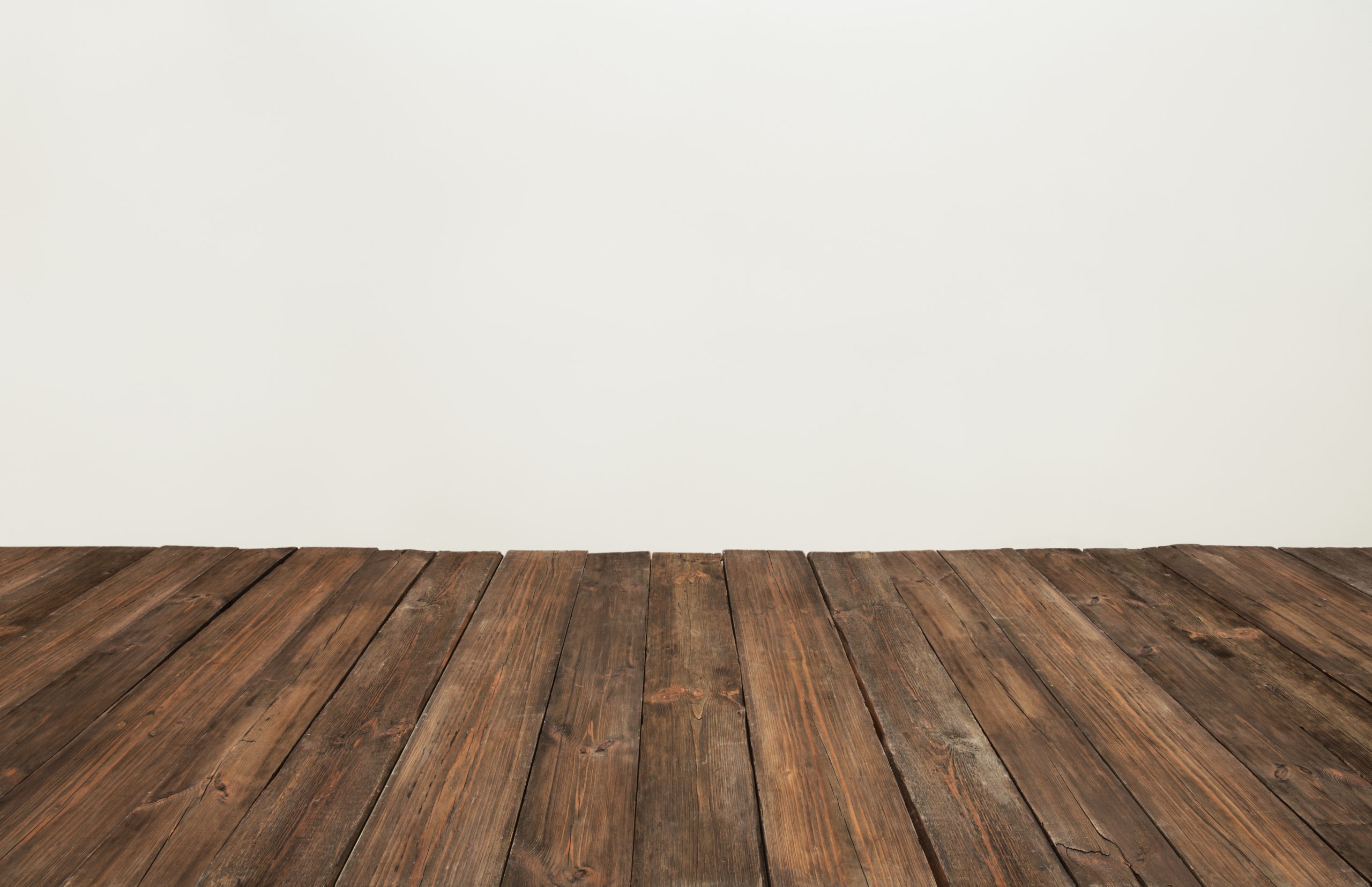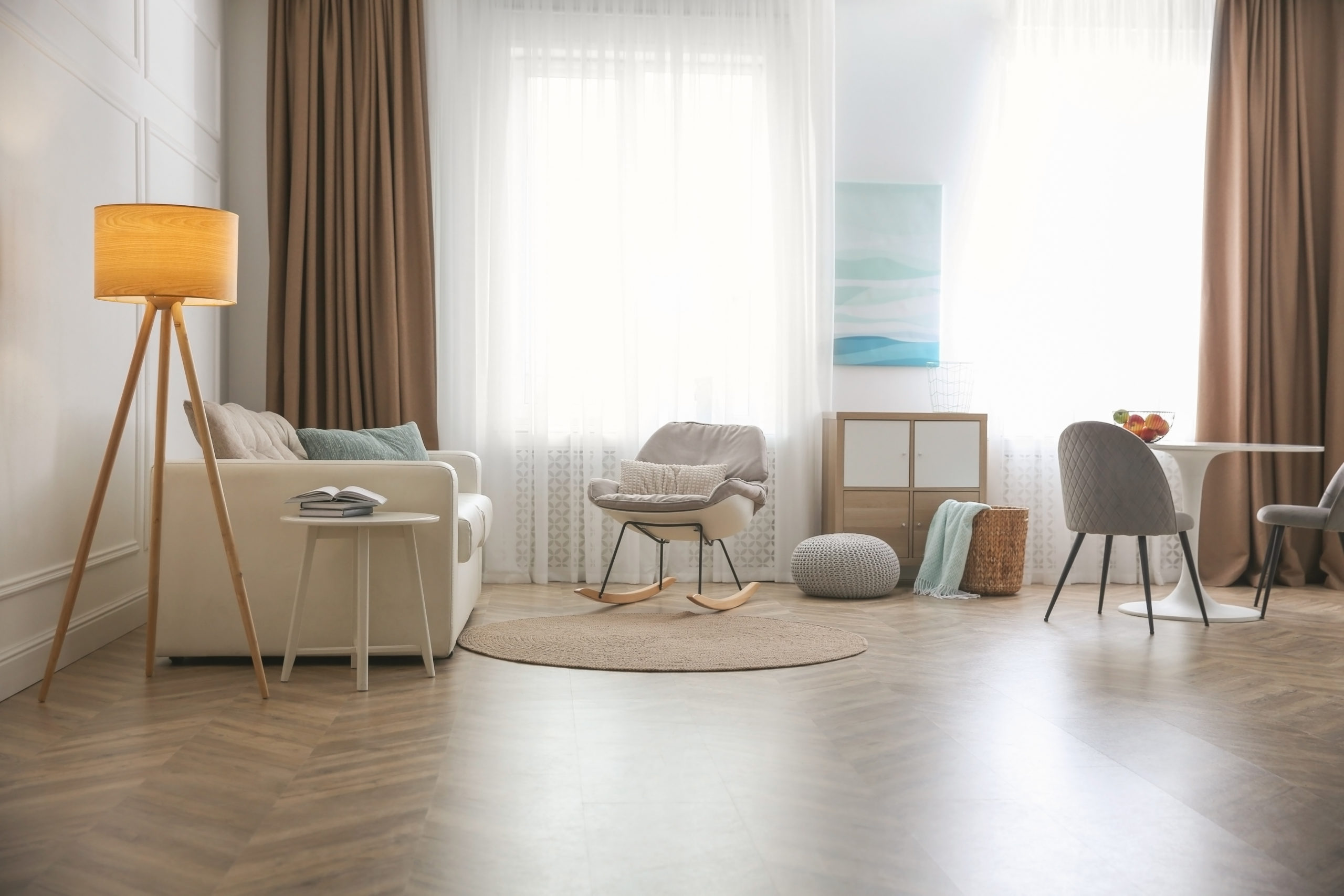Floors are interior design components that may last for more than a century. The flooring sets the style for the rest of the space. Thus, they require regular care to maintain them in good condition.
To keep your flooring looking as good as new, you must properly care for it because maintaining it would be pointless if it became damaged during the rainy months. Thus, you should prioritize flood damage mitigation among others to eliminate the risks and prevent damage to your floor.
Floor Maintenance by Flooring Types
Floors that are clean and well-maintained can improve the aesthetic of your home. Here are some helpful cleaning and maintenance tips to prevent floor damage for various types of flooring.
1. Solid Hardwood
When it comes to protecting solid hardwood, keeping sand or dirt away is the simplest method. Place protective mats at the door and remove shoes to prevent marks and scratches. Felt floor protectors are also a great way to keep furniture from damaging your floor as well.
Hardwood floors are made of solid wood planks so never use oil, soap, or acidic cleaners when cleaning them. Before attempting any cleaning experiments, check with the manufacturer to see which cleaners they recommend.
Dust mop or vacuum with a soft brush attachment is the best way to clean this type of flooring. You should also avoid using a beater bar vacuum because it can cause dents.
Hardwood flooring is unable to withstand any amount of moisture. So, clean up spills right away to avoid hardwood floor damage like warping.
To restore some shine to your hardwood floors and give them a new look, use solutions designed for wooden floors instead of wax. Additionally, never use a steam cleaner on hardwood floors as it can cause peeling, cracking, and cloudiness in the finish.
2. Engineered Wood
Engineered wooden floors are resilient so wearing hard-soled shoes isn’t a major concern. However, scratching is still a problem. Therefore, it’s best to use felt padding for furniture legs.
In addition, clean spills immediately to avoid discoloration. Clean twice a week and use a dry microfiber mop to remove dirt and dust. You can also use a vacuum that’s suitable for wooden floor use.
Never use a wet mop or steam cleaner to clean an engineered wood floor because it can harm and rot the wood over time. In addition, never use vinegar, ammonia, scouring pads, and wax-based cleaning chemicals.
3. Laminate
Laminate flooring is resistant to dents and scratches. However, you have to avoid moist mops and steam cleaners when cleaning laminate floors. Don’t use liquid-based products too frequently to keep laminate flooring in good condition. In regular cleaning, use a microfiber dust mop to remove dirt from the surface.
Once in a while, thorough cleaning is necessary. You can use liquid products as long as they’re safe for laminate flooring. Use exactly the amount specified on the bottle’s label, and be sure to dry the floor as quickly as possible after applying it.
4. Vinyl Flooring
Vinyl flooring is long-lasting and can withstand high levels of foot activity. Still, it’s a bit softer than other types of hard surface flooring.Once or twice a week, use a vacuum or a dry mop to clean your floor. Once a week, use a vinyl floor cleaner to damp mop the flooring. Also, use your neutral cleanser right away to remove stains and spills.
Vinyl is still prone to irreversible damage and discoloration when exposed to certain chemicals and rubber. Thus, it’s best to not use acetone, wax, varnish, steam cleaning, or oil-based cleaner.
5. Marble and Stone Floors
Marble and stone floors don’t require waxing. You can keep your marble and stone floors clean by simply sweeping them and mopping them regularly.
When cleaning natural stone, don’t use harsh chemicals and cleaning solutions. If you’re having trouble getting rid of stains, consider soaking a soft cloth in a solution of baking soda and water to rub the stain softly.
If you want your marble floor to have a gleaming sheen, use a cleaning solution that’s coating-friendly for marble. Maintaining and polishing your marble floors regularly will ensure that they last for a long time.
6. Tile
Tiles are excellent at resisting stains, but they can still be scratched by dust or sand. To avoid this, be sure to vacuum or use a soft-bristle broom to sweep your tile floors. Mopping will also take care of the most common stains.
Cleaning grout lines is one of the issues with tile flooring. Because grout is often white and porous, it quickly absorbs spills making it challenging to remove them from the surface.
To remove deep stains, use a toothbrush and concentrated bicarbonate soda mixed with water to clean grout lines. Then use a moist towel to wipe it away the following day. To keep your grout stain-free in the future, use a silicone-based grout sealant.
Conclusion
No matter what kind of floor you have, maintain it by following a basic cleaning routine. You should keep your floors clean at all times to avoid having to deal with cleaning stubborn dirt or stains. Just remember to take all the preventive measures to avoid the expense of repairs and replacements in the future.


